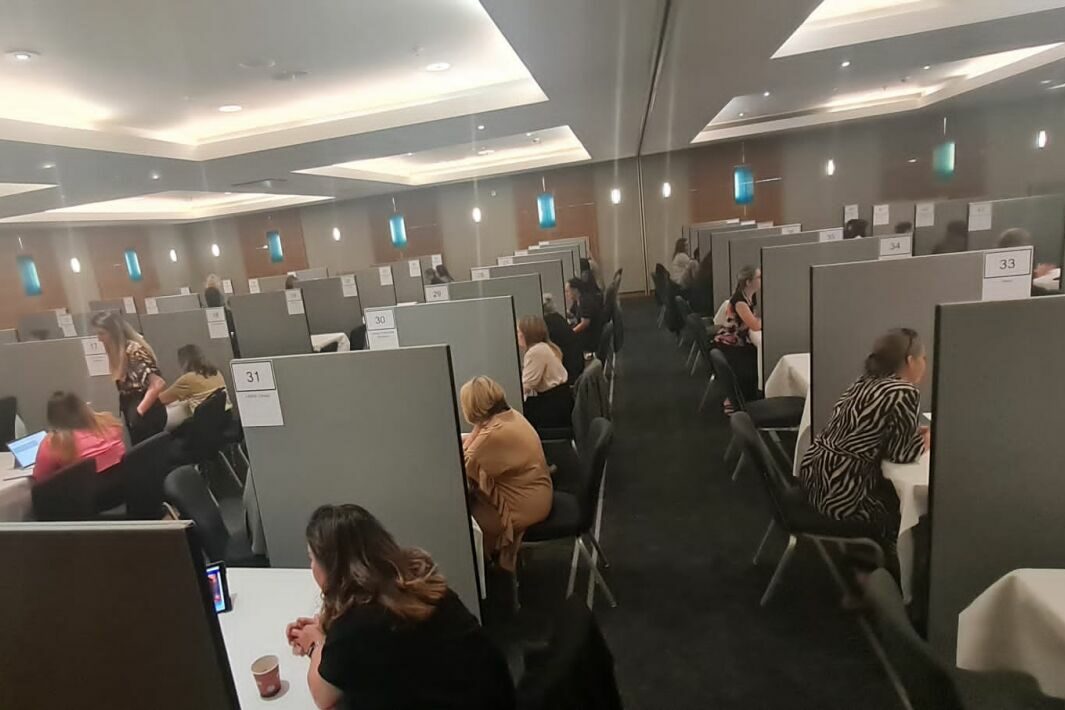The number of employees planning to work from home at least once a week has more than doubled in the last year as a result of the change in working patterns brought on by the COVID pandemic.
That’s according to research from HR and payroll specialist SD Worx across 5,000 employees in five European countries looking at the entire work journey of regular employees.
In early 2020, before working from home government guidance came into place, two-thirds (65%) of Brits were almost entirely workplace-based. But, after over a year where many have worked from home, less than half (49.3%) of people expect a full-time return to the workplace.
For many, the benefits of working from home have been enormous. In fact, 55.8% of Brits surveyed report a positive or very positive impact on their productivity when working from home – higher than workers in Belgium, France, Germany or the Netherlands.
This may be why 45.1% are planning to regularly work from home in the future, which is more than double the number who regularly worked from home (17.9%) pre-COVID. In fact, two fifths (38.5%) say they plan to work at home at least once a week in the future.
When compared to countries across Europe, Brits are more likely to be planning on being more regular homeworkers in the future. In France for example, only 30% plan to work from home on a regular basis whilst in Germany this figure is 41.9%.
When offering flexibility, companies need to accommodate the return to the office in the right way. Health is a top concern, as well over half (57.7%) of employers have started or are planning to start projects on welfare and health initiatives. As soon as it is possible to return to the office, controlling maximum occupancy will be important to reduce the risk of a spread in infection and ensure employees feel safe. This may require new floor plans to be drawn up and protective equipment, such as Perspex screens, to be installed.
Creating spaces for secure meetings is also important. While three of out five (62%) employers have started or are planning to start projects on teleworking, getting back to the office means a return of face-to-face meetings, which should promote creativity, strengthen relationships and even foster greater cooperation. But they will need to take place in COVID-safe spaces, which means lots of ventilation, lots of space, and impeccable hygiene.
Digitalisation in the office is also key. Over half (55.5%) of employers have started or are planning to start projects on digitalisation of human resource management, and this can improve efficiency and productivity, but also track important pieces of people data for wellbeing. To contact trace effectively, you must ensure you have a clear view of all employees present at any given time, either through a physical register or a desk-booking software app. If someone falls ill, all the information is immediately available to automatically create a list of possible contacts who were also in the office during the period in question.
Colette Philp, UK HR Country Lead at SD Worx, said: “Flexibility is what will make work a success in the future. While some will relish the opportunity to spend time back in the workplace, re-connecting with colleagues, many will enjoy some of their newfound flexibility and look forward to a life with less time spent commuting. It’s time for businesses to rethink how work is done, treating employees as individuals and respecting their different needs creates a strong culture and sense of engagement to get the best out of everybody.”









